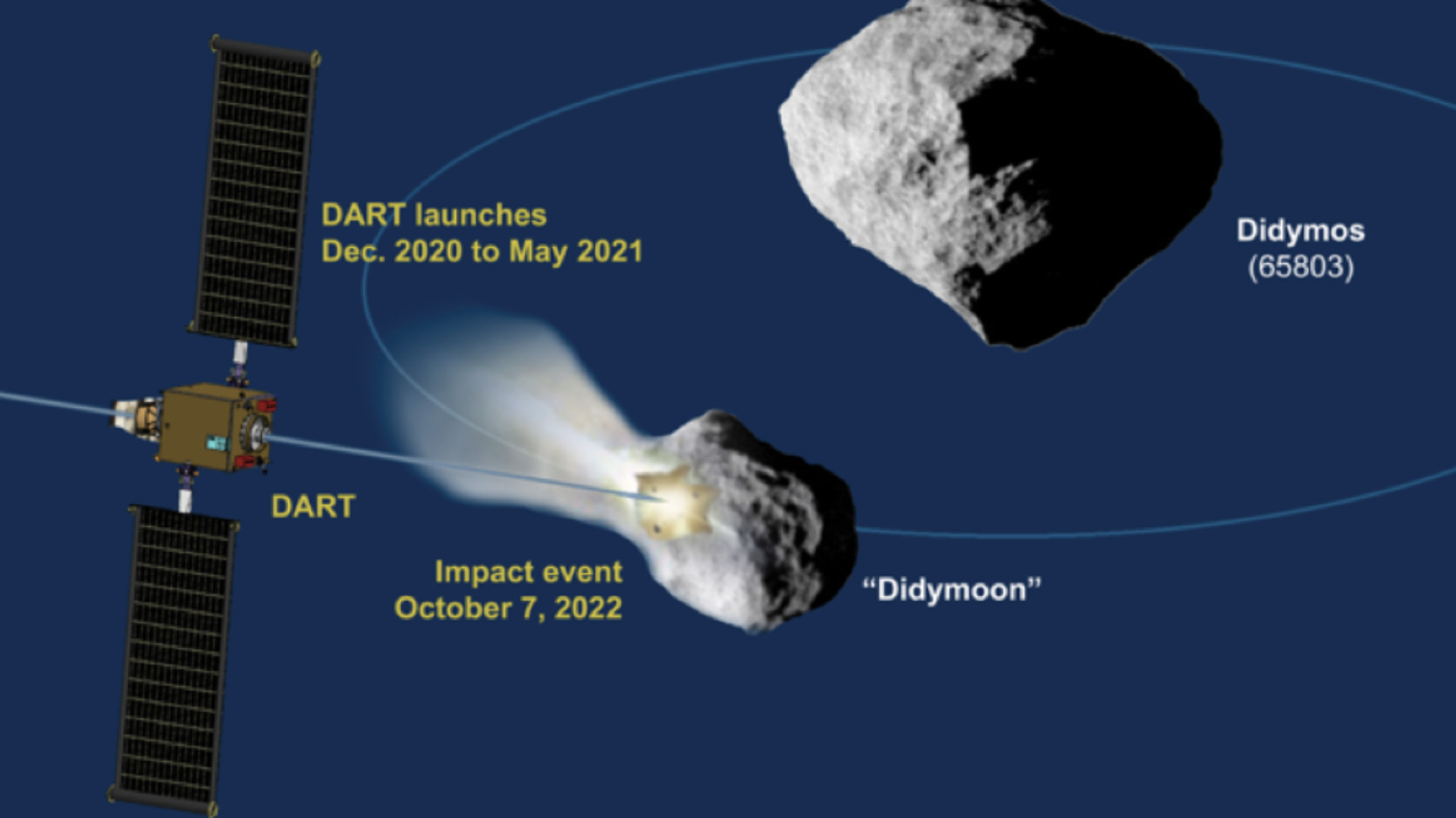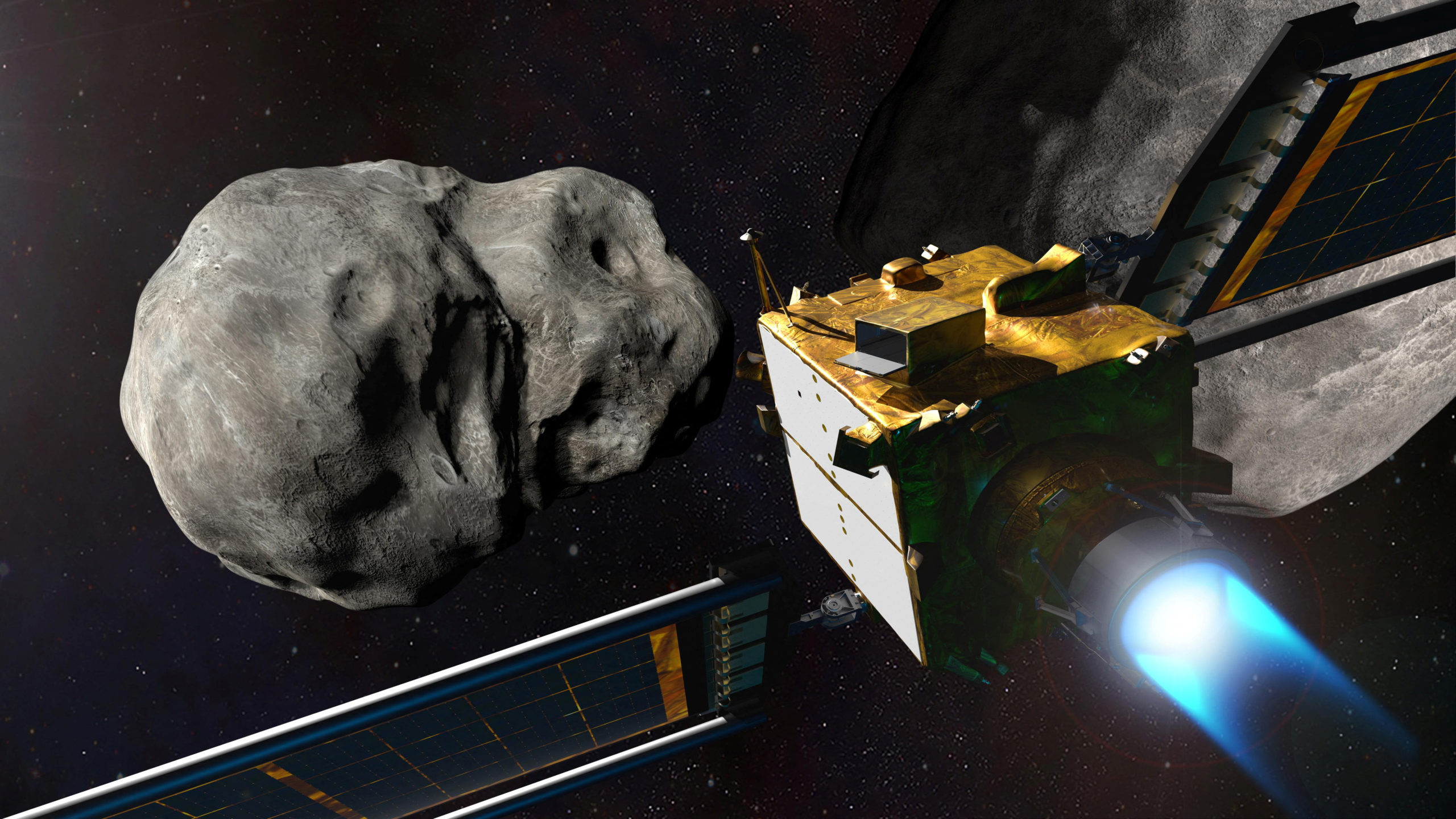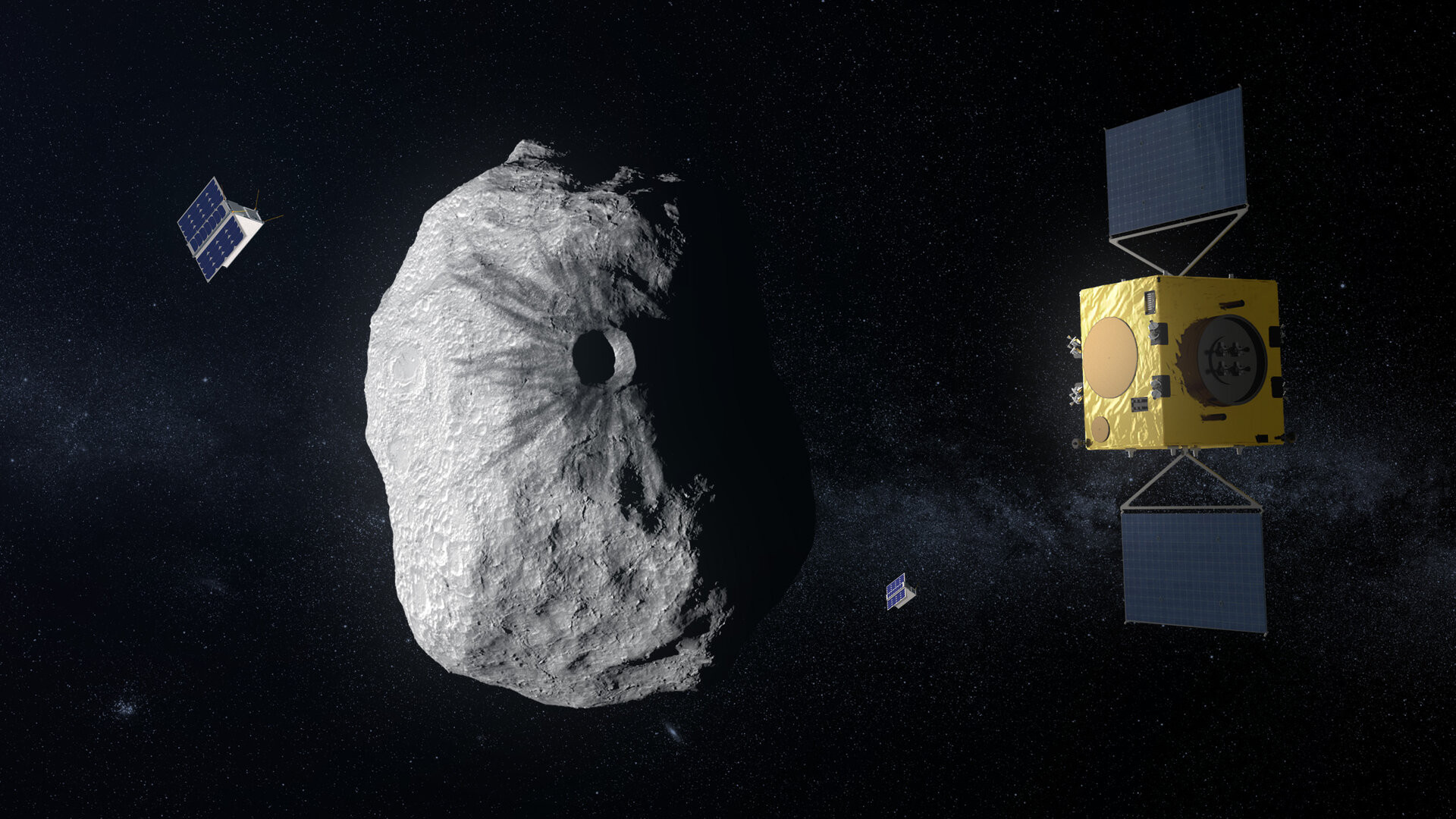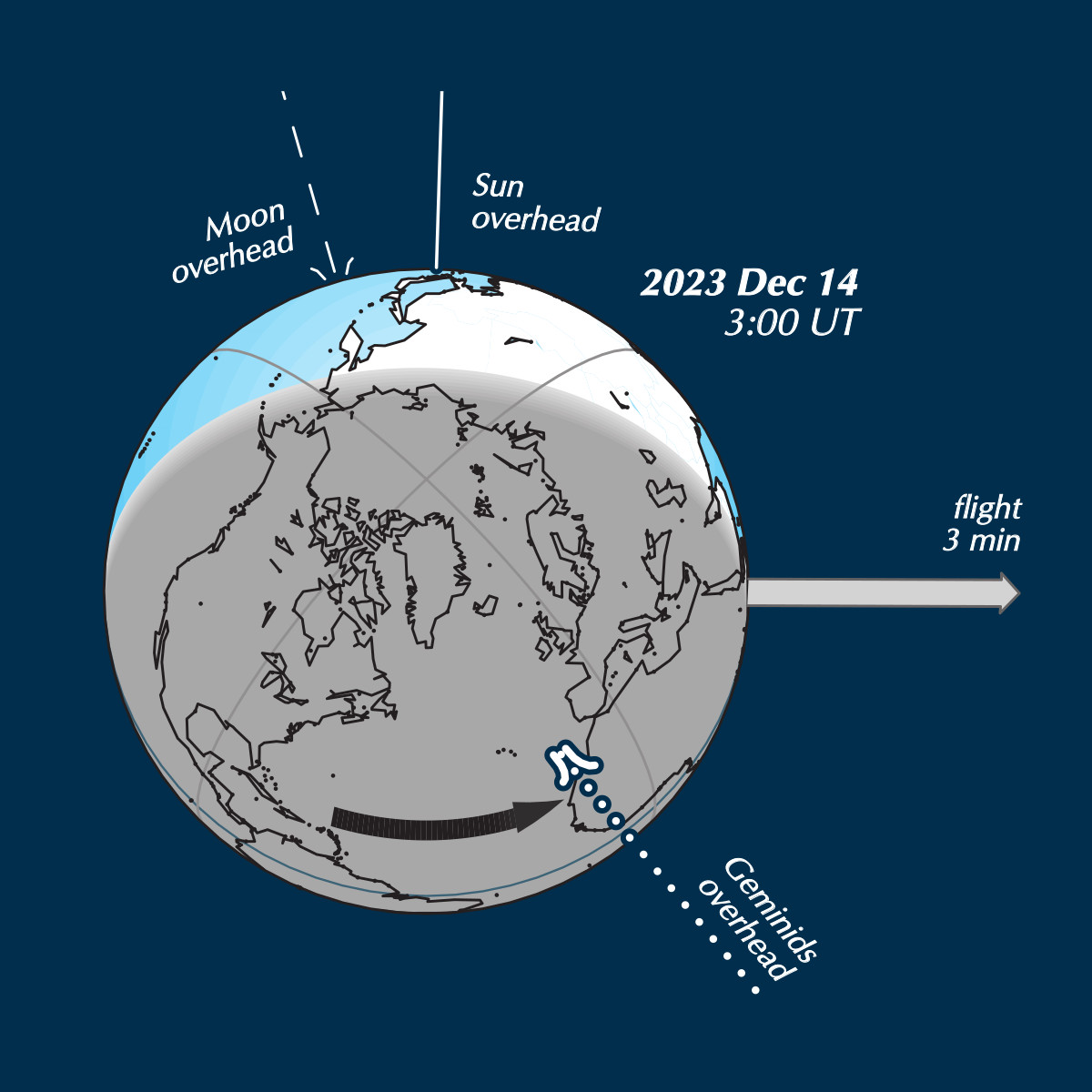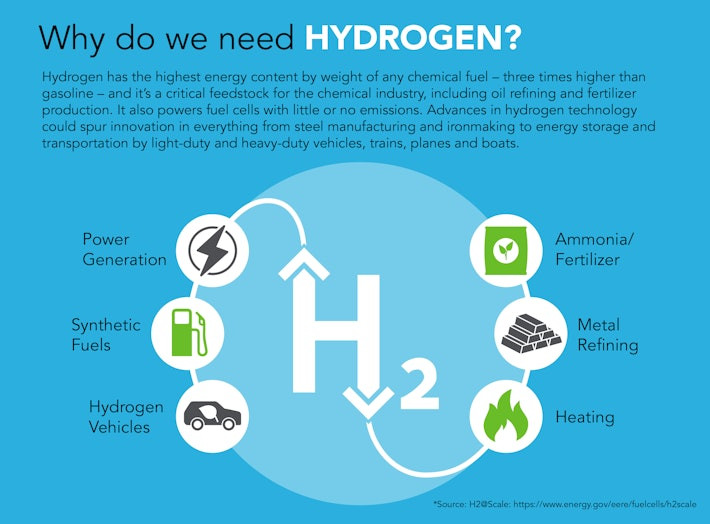Asteroid Threat: NASA's DART Mission Success and Future Planetary Defense Strategies
The cosmos, while breathtakingly beautiful, harbors potential dangers. Among these are near-Earth objects (NEOs), asteroids and comets whose orbits bring them uncomfortably close to our planet. The threat, while low, is real, and the potential consequences catastrophic. This is why the successful completion of NASA’s Double Asteroid Redirection Test (DART) mission is so significant, marking a major stride in humanity’s ability to protect itself from celestial threats.
The DART Mission: A Kinetic Impactor
Launched in November 2021, the DART mission aimed to test a novel planetary defense technique: kinetic impact. The spacecraft, roughly the size of a small car, was deliberately crashed into Dimorphos, a small moon orbiting the larger asteroid Didymos, on September 26, 2022. The impact, traveling at approximately 14,000 mph, aimed to slightly alter Dimorphos’s orbital period around Didymos. This kinetic impact, a form of planetary defense, is relatively simple to implement compared to other methods like nuclear deflection or gravitational tractors, and the potential implications of the DART mission’s success are enormous.
Measuring the Success
Observations following the impact revealed a significant change in Dimorphos's orbital period. The collision shortened the moon's orbital period by approximately 32 minutes – a far greater change than initially predicted. This exceeded expectations, signifying a higher-than-anticipated efficiency of the kinetic impactor approach.
Beyond DART: Future Planetary Defense Strategies
The DART mission’s success provides crucial data for refining future planetary defense strategies. While kinetic impactors are effective against some threats, other approaches may be necessary depending on the asteroid's size, composition, and trajectory. Scientists are exploring various methods:
- Nuclear deflection: This method involves using a nuclear explosion to either vaporize a portion of the asteroid or alter its trajectory. It's a powerful option for dealing with particularly large and potentially dangerous asteroids. However, it raises concerns about the environmental impact, highlighting the need for responsible application of this technique. Further research is needed to understand the intricacies of this approach.
- Gravitational tractors: This method involves stationing a spacecraft near a hazardous asteroid for an extended period. The spacecraft's gentle gravitational pull would slowly alter the asteroid's course over time. This method avoids the forceful impact of kinetic deflection and is considered a more sustainable and environmentally friendly option.
- Improved detection and tracking: Early identification of potentially hazardous asteroids is crucial for implementing effective deflection strategies. Ongoing advancements in telescopic technology and algorithms continue to enhance our ability to detect and track NEOs, providing invaluable time to plan and execute defense maneuvers. This ensures ample opportunity to mitigate any risks presented by potential asteroid impacts.
International Collaboration: A Global Effort
Planetary defense isn't a task for one nation alone; it requires international cooperation. The success of DART was partly due to collaborative efforts involving several countries, sharing data and expertise to ensure the mission’s success. This global effort continues in analyzing DART's data, developing future strategies, and preparing for potential threats. A unified global response ensures a much higher probability of deflecting a potential earth-bound asteroid. Such cooperative efforts between nations should be encouraged to strengthen planetary defense and safeguard humanity.
A New Era of Planetary Protection
The DART mission's success marks a pivotal moment in humanity’s journey to protect itself from the cosmos. It's not just about deflecting asteroids; it’s about safeguarding our civilization and securing a sustainable future. This achievement underscores the importance of continued research, international collaboration, and proactive measures to prepare for future threats. The future of planetary defense will undoubtedly involve advanced technologies, innovative strategies, and a global commitment to protecting our planet. We’re entering a new era – an era of planetary protection. The lessons learned from DART will be crucial in shaping our readiness for future events. This was a truly momentous step toward safeguarding the future of humanity and our shared home.
The significance of the DART mission cannot be overstated. It represents a paradigm shift in our approach to planetary defense, transitioning from passive observation to active intervention. It's a testament to human ingenuity and our collective resolve to protect Earth from cosmic threats. Our collective ability to safeguard our planet from celestial bodies serves as a poignant symbol of unity and resilience. The future is secure; for now, we’re safe. However, constant vigilance and the advancement of planetary defense strategies remain crucial to mitigate future threats.




